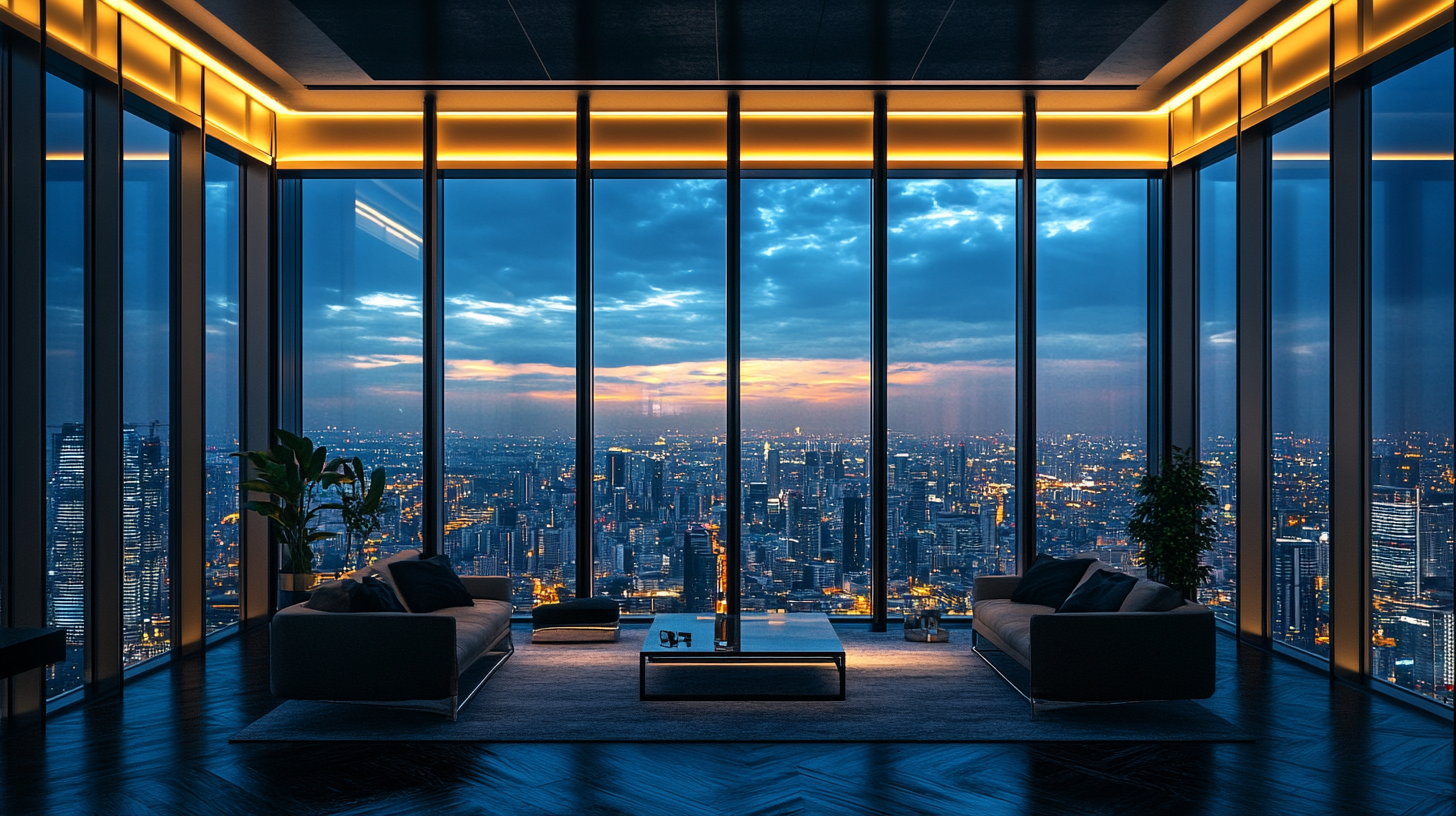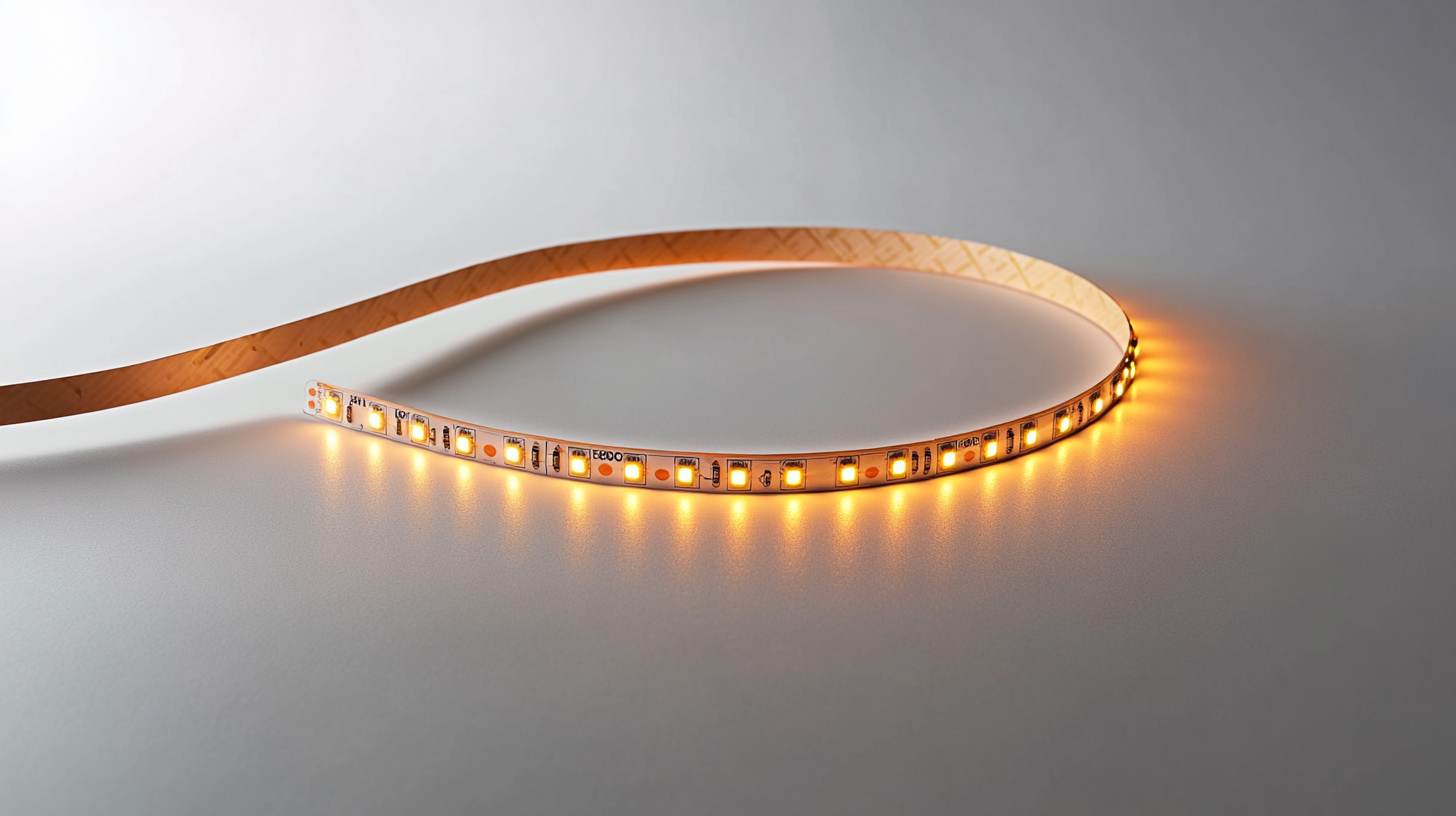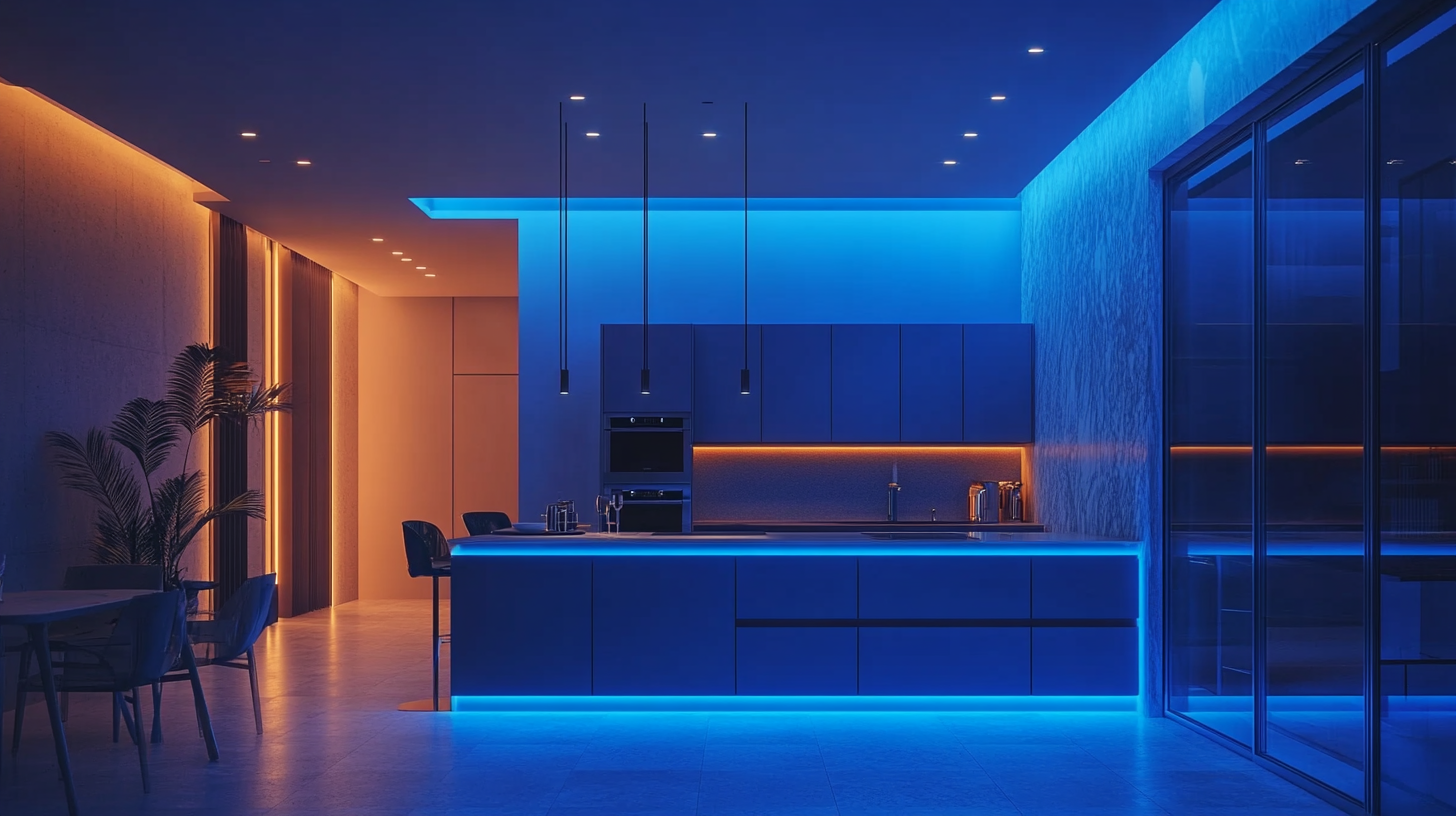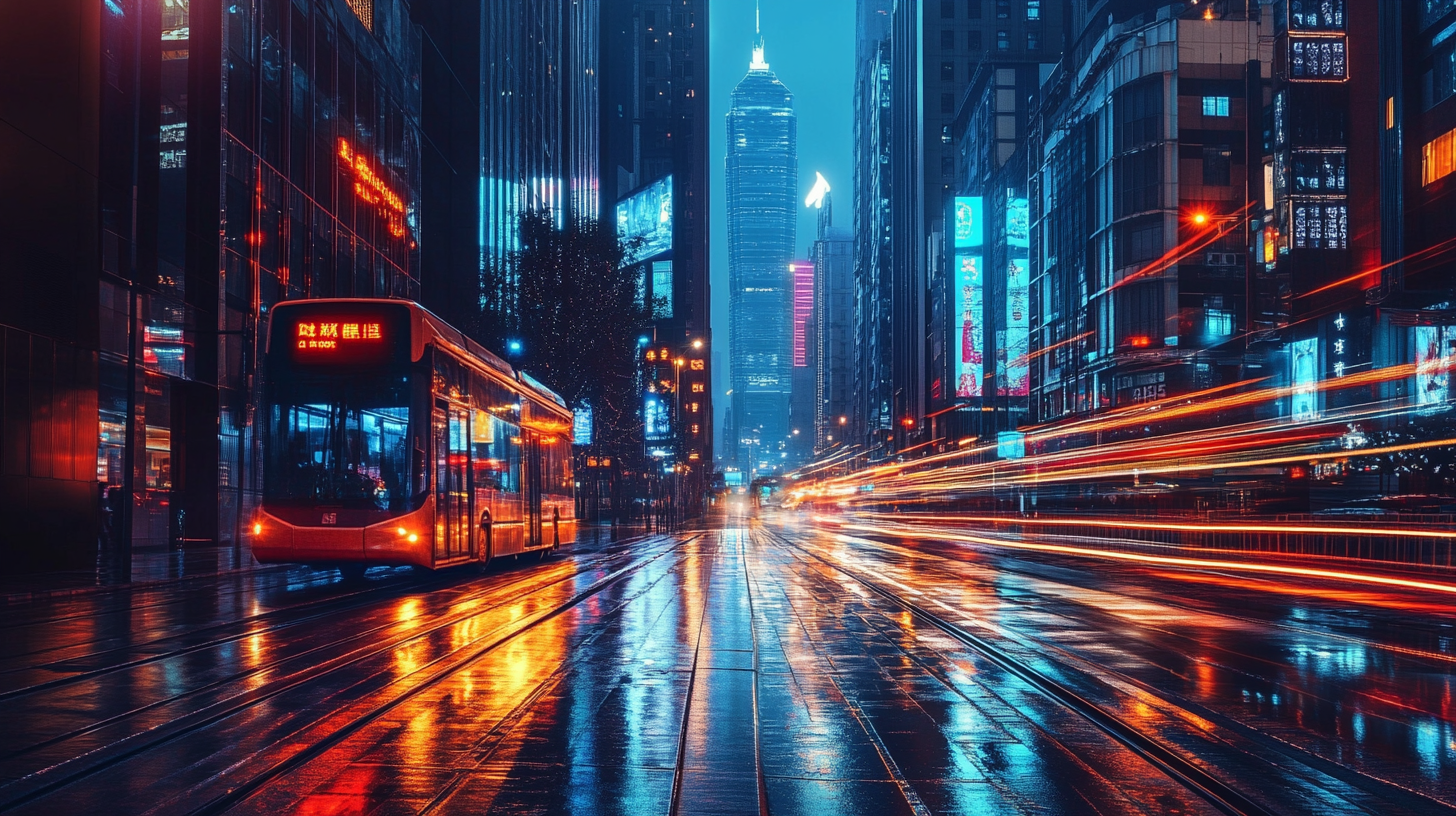Edison LED Lighting
Projects
2025 Global Market Trends: Top 5 Reasons to Invest in LED Strip Technology
The global market seems to manifest some trends toward 2025 that are really exciting and symbolizing the potential for considerable growth. Among the trends is LED strip technology, which shows great promise in the investment avenues it offers. These beautiful, versatile, energyefficient strips have quickly moved up the popularity ladder in homes, offices, and entertainment places and also in automobiles. In this blog, we will try to explore the five top reasons why investing in LED strip technology is timely and strategic for any business or consumer.
With sustainability and innovation characteristics being the essence of today's world, these LED strips symbolize the right frontier of ecological as well as contemporary design. One of the greatest moves has been made in reality by making the LED lights so economically and readily available that their efficacy and affordability have paved the way for adoption. As discussed below and with deeper understanding of the market dynamics of LED strips, the forces have paved the way for demanding high returns in investments. Today's exploration would guide us to understand how LED strip technology would light the future.

The Rise of LED Strip Technology: An Overview of 2025 Market Dynamics
The market for LED strip technology is on the verge of tremendous growth in 2025 due to developments in lighting solutions and increased consumer requests for ways to save energy. The global LED strip market, according to a MarketsandMarkets report, would have a sales figure of USD 6.63 billion by 2026, growing at a compound annual growth rate (CAGR) of 14.5% between 2021 and 2026. This increase is due to the adoption of smart home solutions, where LED strips are used as a functional and aesthetic improvement. One of the most important trends taking LED strip technology to the top is energy efficiency. As awareness of climate change grows globally, both consumers and industries are turning to more sustainable products. According to the U.S. Department of Energy, replacing traditional lighting systems with LED systems would typically save about 75% of the energy cost. Hence, LED strips become ideal for environmental customers. Apart from that, as innovation by the manufacturers continues, so will expand the applications of LED strips-from home interior to commercial signage. Technological advances are also key determinants of market dynamics under LED strip technology. Ignition of smart installations-only, like integrations with home automation systems, color-customizable features, and so on-transformed ordinary LED strips into all-purpose tools for the interior. Smart lighting market segment is anticipated to grow with a CAGR of 25.3% from 2022 to 2030, based on the report by Grand View Research. This growth will be attributed to an increase in the adoption of connected devices by consumers. Probably, 2025 will mark the year that will redefine the relationship between consumers and lighting with LED strip technology at the forefront.

Key Advantages of LED Strips Over Traditional Lighting Solutions
Presently, LED strip technology is being embraced at a rapid rate with increasing recognition among customers and industries alike of its advantages over traditional lighting solutions. It is perhaps worth noting that energy efficiency is the primary advantage of LED strips. The difference between consuming energy on LEDs, that is, on incandescent or fluorescent bulbs, results in lower expenses on electricity and a reduced carbon footprint. Even as energy issues become glaring increasingly, cost in terms of investments made in LED strips turns into a green alternative that promotes sustainability in using energy.
For instance, another great feature would be versatility, and these strips are of different lengths and colors, ideal for everything from small accents into whole-room illumination. They measure up very well against traditional fixtures, which may take up space and/or be permanently installed because of LED strips, which can easily be cut, bent, or installed in hard-to-reach areas, allowing users to be creative in designing spaces at home, in offices, or in public areas. Their flexibility will give users the ability to set lighting schemes according to their specific needs and tastes.
These LED strips have much better durability and lifetimes when compared with traditional lighting. Spanning life periods of more than 50,000 hours, these LED strips are significantly more durable as compared to incandescent and fluorescent light bulbs, which generally burn out within a very shorter time. This longevity means lesser replacement, in frequency, and lower maintenance costs, which translates into long-term economical investments. Besides, most LED strips are shock and vibration-resistant and can be used in various environments, including high traffic or outside applications.

Innovative Applications of LED Strips Across Various Industries
LED strip technology has developed innovative applications in various industries, thereby raising its profile as a smart business opportunity for 2025. One of the coolest applications is within architectural design, whereby LED strips are used to enhance the outlook of buildings. This application of light enhances user experience within the design, be it nitrogen or cheerful colors for ambient lighting in the home or a riot of color on the commercial outskirts. The flexible design really opens a palette of colors and intensities for the architects to create instantly memorable living environments.
The retail sector is also using LED strips to enhance customer experiences. These strips may be designed to emphasize products and create focal points around the stores that usher consumers along the buying journey. These adaptive lighting arrangements that change with time of the day or the promotions keep shopping spaces dynamic and engaging, boosting foot traffic and, consequently, sales.
With safety in mind, LED strips both enhance interiors and lend themselves to captivating headlight designs, where the automotive sector has made good use of these innovations. Providing safety whilst making an assertion of contemporary artistic appeal, their newest generation sees these strips firmly incorporated into next-general cars as manufacturers continue to create distinctions for this technology in the automotive world.
Lastly, in the events and entertainment sectors, LED strips naturally lend themselves to enhancing the immersive experience. They can transform any regular space into visual spectacles for concerts, exhibitions, and theatre performances. Currently, there is no ignoring the flexibility of LED strips to synchronize with music or react to audience interaction and engagement, making them ever-popular in modern event planning.

Sustainability and Energy Efficiency: The Green Appeal of LED Strips
The world is shifting towards sustainability, and LED strip technology stands out as the most energy-efficient solution. The strips create an environment with little energy consumption while providing more durable lighting than the traditional alternatives. The latest LED technology advancements make it possible for improved efficiency of LED strips to produce more lumens per watt, which really matters when it comes to saving a huge amount of energy bills for residential and commercial applications.
The environmental concern with LED strips is primarily their energy efficiency. Aside from being much less harmful to the environment, LED strips are cleaner as they do not contain toxic materials such as mercury and other hazardous substances, unlike conventional lighting options. They are also less likely to be thrown into the landfills and will have less waste amassed, whereas the other conventional methods will be piling up with replacements year after year. This consideration is now shared by many consumers and industries, putting LED strip technology in the limelight with sustainable demands.
More fascinatingly, there is great sustainability for the versatility of LED strips. From ambient lighting in an apartment to the commercial space with heavier applications, LED strips offer innovative design possibilities with very low energy consumption. As far as sustainability values in architecture and interior design become more popular, LED strips offer a functional yet fashionable alternative, making them a smart investment for the future.
Projected Growth and Investment Opportunities in LED Strip Markets
Already on the path to 2025, one thinks that the LED strip market is witnessing an extraordinary rate of growth from many ends, presenting an attractive opportunity for various investments. The foremost driving factor for this change is the global demand for energy-efficient lighting solutions. While the reducing energy consumption is one factor, LED technology also gives a longer life span service than conventional lighting. More and more businesses and consumers are using LED strips in their fit-outs because they are perceived to be less environmentally damaging. Thus, this area is an attractive investment zone.
Another facet is the increasing usage spectrum of LED strip technology across different sectors. From residential houses to commercial setups and even automotive lighting, the applications of LED strips attract consumer and manufacturer interest. With innovations, such as smart lighting opportunities and customizable designs, the market sweetens ever further, drawing in potential investors who wish to capitalize on these prospects.
However, as advancements are made in manufacturing and moving toward lower production costs, the entry barriers for new startups targeting LEDs were tending to become progressively lower. This very democratization of technology paints LED strips as an investment area open for startups and established firms alike. Such dynamics assure a healthy growth environment, making LED strip technology an appealing area of interest in years to come.
